For cat lovers dreaming of life in Japan, bringing a kitten into your Tokyo apartment is entirely possible, with a bit of planning. While Japan is famously pet-friendly in culture, renting an apartment in Tokyo with a kitten involves navigating strict housing rules, pricing differences, and the unique landscape of suburban Tokyo.
Can You Rent with a Kitten in Japan?
Yes, it’s possible to rent an apartment with a kitten in Japan, but not all landlords are open to the idea. Even if a listing is marked as ペット可 (pet-friendly), that doesn’t always guarantee cats are allowed. In fact, many property owners only permit small dogs and explicitly prohibit cats due to concerns about scratching furniture, shedding, or lingering odors. Some landlords worry that cats, especially when left alone, may cause damage to walls, flooring, or sliding doors (shoji), which are common in older Japanese apartments.
That’s why it’s essential to read the fine print and pay close attention to listing details during your Tokyo apartment hunting journey. Instead of relying solely on the term pet-friendly, look for listings that clearly specify 猫可, meaning cats are welcome. This keyword is your best friend when trying to find a cat-friendly apartment in Tokyo, especially if you’re planning to live with a kitten long-term.
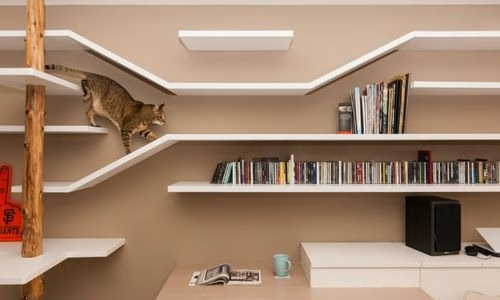
Kitten-Friendly Apartments in Tokyo
Essential Paperwork for Renting a Pet-Friendly Apartment in Tokyo
If you’re a foreigner looking to rent an apartment in Tokyo with a cat, preparing the right paperwork is crucial. Beyond the basics, like your passport, residence card, and proof of income (such as an employment contract or recent payslips), landlords often require additional documentation when pets are involved.
In many cases, you’ll need to sign a pet ownership agreement (ペット飼育誓約書) that confirms you understand and accept the rules for keeping a pet in the building. Some landlords may also ask for details about your cat, including its age, breed, and vaccination history. Increasingly, property owners also request pet insurance to help cover potential damage or cleaning fees.
It’s also common to pay a higher deposit (shikikin) when living with a cat, especially in newer or well-maintained buildings. These extra costs are designed to protect the landlord in case of scratched floors, stained tatami, or odor-related issues after move-out.
If you’re not fluent in Japanese, it’s highly recommended to work with bilingual real estate agencies like Arealty.jp. They offer full English support, explain pet-related clauses in your lease, and can help you find apartments that suit your income, lifestyle, and your kitten’s needs.
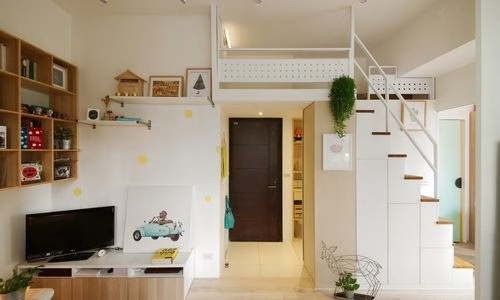
Apartment Tips for Cat Owners
How Tokyo Apartment Rental Prices Change with Pets
Bringing a pet into your home, especially a cat, often comes with added rental costs. While Japan has a reputation for being pet-loving, landlords typically charge more when a tenant plans to live with animals. In Tokyo, where rent is already high compared to other cities across Japan, this can make a noticeable difference in your monthly expenses.
Popular central neighborhoods like Shibuya, Minato, or Meguro command some of the highest Tokyo apartment rental prices, and adding a kitten to the mix can push your budget even further. For those earning a middle-class salary in Japan, these extra costs are worth planning ahead for.
Here’s what you might expect when renting an apartment with a cat:
- A pet surcharge of 5–20% on top of your base rent
- An increased deposit (shikikin/敷金), often equivalent to one extra month’s rent to cover potential scratches or damage
- Additional cleaning or deodorizing fees at the end of your lease
These fees vary by property and landlord, but they’re fairly common, especially in newer or well-maintained buildings. If you’re trying to stay within a typical monthly salary in Japan, it’s wise to factor in these potential charges during your apartment search.
Best Areas for Cat-Friendly Rentals: Consider the Suburbs
If you’re searching for a more affordable and pet-friendly living arrangement, it’s a good idea to expand your search beyond Tokyo’s central districts. While areas like Shinjuku or Roppongi are vibrant, they come with steep rental prices and stricter pet regulations. In contrast, suburban Tokyo, including neighborhoods such as Setagaya, Nerima, and Adachi, offers a much better balance between comfort, cost, and pet-friendliness.
These suburbs in Japan tend to feature more spacious floor plans, quieter streets, and access to parks or green spaces, making them ideal for cat owners. Landlords in these areas are also more open to pets, particularly in low-rise apartment buildings or older properties. Additionally, monthly rents are significantly lower compared to central Tokyo, making it easier to find a place that fits both your kitten’s needs and your financial situation.
For those earning the median salary in Japan, or working with a normal income in Japan’s service industry, living slightly outside the city center can be a smart financial move. Even individuals receiving the minimum salary in Japan per month may find cozy, pet-acceptable housing in these outer wards, especially when combining careful research with flexible expectations.

Tokyo Suburbs for Pet Owners
Tips for Apartment Hunting with a Kitten
To make your Tokyo apartment hunting journey smoother, especially if you’re planning to live with a kitten, it’s important to search smart and use the right tools. Here are a few practical steps to help you find a pet-friendly rental without blowing your budget:
- Start with reliable websites like Suumo, Homes, or Chintai, which offer a wide range of listings across Tokyo and suburban Japan.
- Use search filters such as ペット可 (pet-friendly) and 猫可 (cat-friendly) to narrow down properties that explicitly allow cats.
- If you’re working with a modest income or earning a middle-class salary in Japan, consider smaller apartments between 20–30㎡, which are more affordable and easier to maintain with a pet.
- Focus on locations within a 10–20 minute walk to a train station, especially in suburban Tokyo, where rents are lower and landlords are often more flexible about pets.
- For foreigners, platforms like GaijinPot Housing, Arealty.jp, or Living Japan provide full English support. These sites also offer helpful filters such as “no guarantor,” “no key money,” or “furnished,” which can make the process of renting an apartment in Tokyo much less stressful.
By using the right platforms and staying flexible with location and apartment size, you’ll increase your chances of finding a place that suits both your budget and your kitten.
Apartment Features That Work Well for Cats
When renting an apartment in Tokyo with a kitten, it’s essential to choose a space that supports both your lifestyle and your pet’s well-being. Beyond just finding a cat-friendly apartment, pay attention to features that make daily life easier and safer for your feline companion:
- Opt for scratch-resistant flooring to protect both the property and your deposit
- Choose units with enclosed balconies or windows fitted with safety screens, so your kitten can enjoy fresh air without risk
- Ensure there’s sufficient room for a litter box, feeding area, and a compact cat tower or climbing shelf
- Consider quiet residential neighborhoods, especially in suburban Tokyo, to reduce stress from traffic or city noise
Many households with a middle class income in Japan tend to favor layouts like 1LDK or 2DK, small yet efficient apartments that strike a balance between affordability and comfort. These units typically offer enough separation between living and sleeping spaces, making them practical for cat owners trying to stay within the average salary in Japan.
Can You Afford It? Understanding the Salary in Japan
If you’re unsure whether your income can support life with a kitten in Japan, it helps to understand typical earnings and how they relate to the housing market. Here’s a general overview of income levels:
- The minimum salary in Tokyo is approximately ¥1,113 per hour, which translates to around ¥180,000 per month for full-time work.
- The median salary in Japan falls between ¥4.5 million to ¥5 million per year.
- A typical middle class salary in Japan ranges from ¥4 million to ¥6 million annually, depending on industry and location.
Living with a kitten doesn’t require luxury. With smart budgeting and the right apartment choice, even individuals earning the minimum salary in Japan per month can afford pet ownership, especially when choosing suburban Tokyo or less expensive wards where rent is lower and move-in costs are more flexible.
Whether you’re earning a stable income or just starting out in Japan, knowing your limits and exploring pet-friendly, budget-conscious options can make raising a kitten a joyful and financially manageable part of your Tokyo experience.
Conclusion
Absolutely. Living with a kitten in Japan brings joy, companionship, and a sense of calm, even in a fast-paced city like Tokyo. With thoughtful planning, a clear understanding of the pay rate in Japan, and a willingness to explore the right neighborhoods, you can absolutely find a comfortable home for both you and your furry companion.
Whether you’re living on the lower end of the monthly salary in Japan spectrum or earning a stable middle-class income, success comes down to smart apartment hunting and flexibility. Partnering with experienced, pet-friendly real estate agencies like An Lac can also make a huge difference, especially for foreigners who need English support and clear guidance on pet policies.
So go ahead, start your Tokyo apartment hunting journey today, and give your kitten the cozy, welcoming home it deserves in one of the most pet-loving countries in the world.

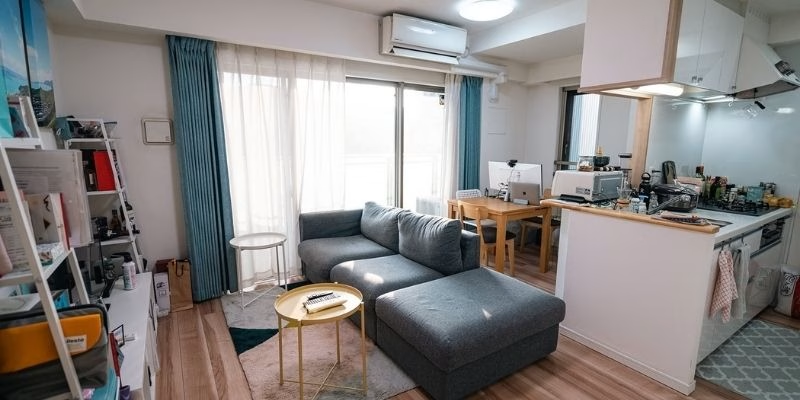

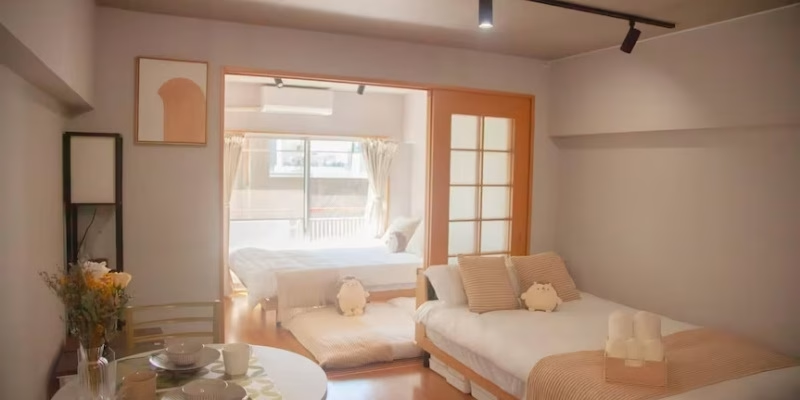

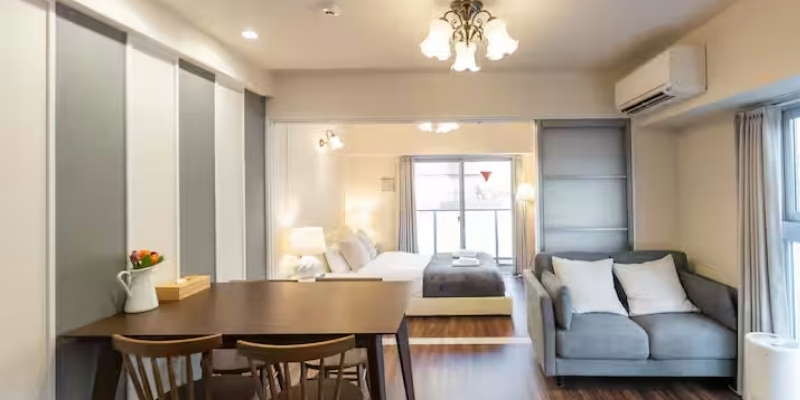
Leave a Reply